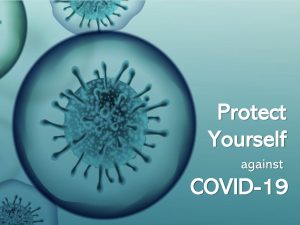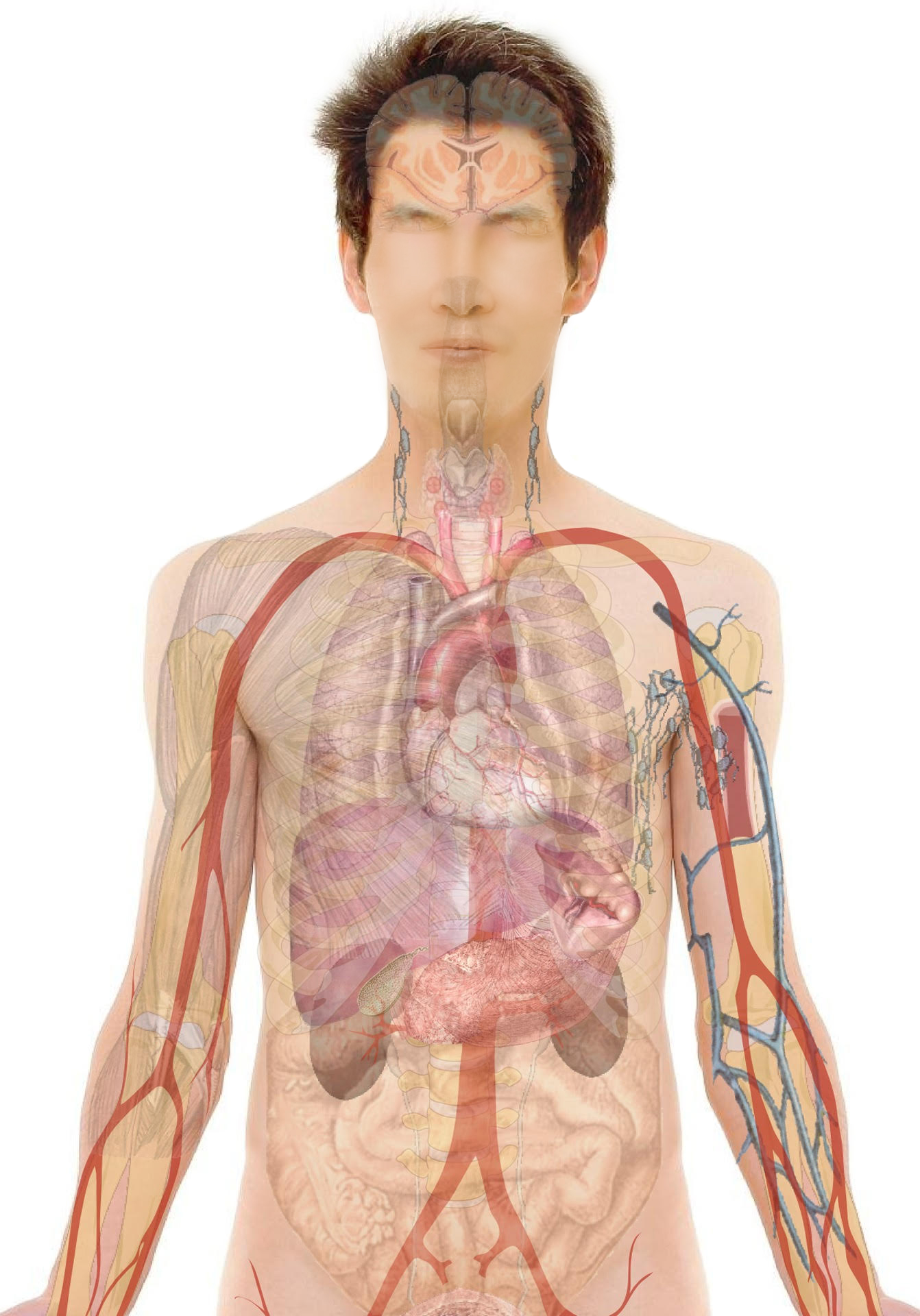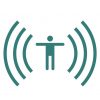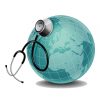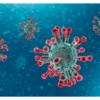Definition and Causes:
DEFINITION:
- Epilepsy is a disorder of the brain that leads to recurrent seizures (2 or more), which generally tend to be of the same type, but some individuals may have different types of seizures. Seizures often originate from the same location within the brain usually with similar symptoms
- A seizure is a sudden, often short-lived event that occurs from abnormal brain activity. The human brain is made up of billions of brain cells. Tiny electrical impulses (action potentials) are produced in some types of brain cells called neurons. These impulses are part of the normal function of neurons which is responsible for our thoughts, senses, movements, etc. A seizure is caused by the abnormal electrical activity within a group of neurons
Focal seizures:
Focal seizures with retained awareness (previously known as simple partial seizures)
- Usually no loss of consciousness
- Stays on one side of body or more localized (e.g., limb jerking on right or left)
Focal seizures with loss awareness (previously known as complex partial seizures)
- Usually with loss of awareness or consciousness
Generalized seizures:
- Involves the whole brain
CAUSES/TRIGGERS:
- Birth disorders (congenital)
- Genetic disorders
- Complications with delivery (e.g. infections, trauma)
- Head trauma (e.g. motor vehicle accidents)
- Drug abuse and toxins
- Drug withdrawal effects (e.g. alcohol withdrawal)
- Brain infections (e.g. meningitis, brain abscesses)
- Stroke
- Metabolic conditions (e.g. changes in blood sodium or magnesium levels)
- Flashing lights (e.g. with some video games) may trigger seizures in some
Symptoms:
There are several different types of seizures, with varying symptoms that can be categorized as follows:
Focal seizures:
- Usually brief (often less than 3 minutes)
- Abnormal muscle movement
- Repetitive movements-lip smacking, picking at clothes, unnecessary swallowing
- Changes in mood or emotion
- Nausea
- Sweating
- Flushed face
General seizures:
- Absence seizure (usually in children)
- Unresponsiveness
- Upward rolling of eyes
- Rapid eye blinking
- May occur several times during the course of the day
- Tonic-Clonic (generalized) seizure-most common
- Typically lasts between 30 seconds and 5 minutes
- Loss of consciousness
- Eye deviation
- Clenched jaw
- Frothing at mouth
- Lip or tongue biting may occur
- Urinary and fecal incontinence
- Stiffness of muscles and limbs, followed by spasms and shaking
- Tonic seizure
- Impaired consciousness
- Sudden brief muscle stiffening/jaw clenching
- Brief periods of apnea (last usually <60 sec)
- Clonic seizure
- Impaired consciousness (may last up to 2 minutes)
- Repeated or rhythmic jerking muscle contractions that usually involve
- Atonic seizure
- Typically lasts less than 15 seconds
- Sudden loss of muscle control-individuals will collapse/fall
- Brief loss of consciousness
- Myoclonic seizures
- Sudden muscle spasms
- Head nodding
- Twitching of arms and/or legs
- Individuals may fall
Investigations and Treatment:
Seizure patients would be asked about their past and current medical conditions:
- History:
- Family history of seizures
- Previous head trauma
- Previous brain infections (e.g. meningitis, encephalitis)
- Brain tumor
- Lifestyle (sleep deprivation, illicit drugs, alcohol abuse/withdrawal)
- Medication use-although not common, some prescribe medications may occasionally be a trigger for seizures
- Physical exam might include:
- Vital signs (especially temperature to assess for infection)
- Neurological exam-checks for changes in speech, vision, sensation, strength, and coordination. Detection of abnormalities might help signify abnormalities within the brain
INVESTIGATIONS:
Blood test:
- Check for sodium, potassium, calcium, magnesium, glucose
- Blood cultures might be obtained if infection is suspected
- Drug and toxin screen
Urine:
- Routine analysis
- Infections
- Drug and toxin screen
Computed Tomography (CT) Scan:
- This device uses x-rays. Patients will lie on a table with the head placed inside of the scanner (resembles a large donut). Computer analysis of x-ray images produces detailed images of the brain can be obtained in this fashion. The scanning time is usually very rapid (less than 1 minute)
- In special circumstances, a dye might be injected into the veins just before the scan. This can sometimes help to identify areas of infection (abscesses), inflammation, tumors, etc.
Magnetic Resonance Imaging (MRI):
- This does not use x-rays. Instead, MRI uses magnetic fields over the body. The device looks like a long cylindrical tube. Patients will lie on a table that slides into the hollow tube. Computer analysis of magnetic fields within the machine can generate images of the internal structures of the body’s organs, including the brain
- MRI of the brain will show the normal structures, plus any area(s) of brain injury caused by the inflammation, tumors, previous stroke, etc. Patients must lie still inside an MRI machine for about 30-60 min
- In some circumstances, a dye might be injected into the veins just before the scan to help improve the detection of abnormalities. Patients who complain of claustrophobia or discomfort may be given a mild sedative to help relax prior to MRI scanning
Electroencephalography (EEG):
- This test is used to try to detect abnormal electrical activity within the brain that might suggest that that patient is at risk of recurrent seizures. During an EEG, tiny patches with wire connections are attached in different areas on the scalp. These detect the small electrical signals from the brain, which can be displayed on a screen, or printed, allowing the physician (usually a neurologist) to examine the electrical activity of the patient’s brain
- In some circumstances, the EEG may be completed after a period of “sleep deprivation”. The patient is asked to stay at home and avoid sleeping the night before the test. These sleep-deprived EEGs are usually done in the morning after the patient has stayed awake all night. Most EEGs may take less than 90 min to set up and complete. However, in special scenarios patients may require prolonged EEGs for few hours
- Note: however, a normal EEG does not imply that the person does not have a seizure disorder, as the abnormal electrical brain activity triggering the seizure might only occur intermittently, such that in between episodes the patient and the EEG recordings are relatively normal
Cerebrospinal fluid (CSF) analysis:
Lumbar puncture/Spinal tap
- This procedure is not routinely used in the assessment of a seizure patient but may be used in some circumstances, e.g. suspected brain infection
- The purpose is to extract a small amount of fluid called cerebrospinal fluid (CSF) from the patient’s spine in the low back (lumbar) area and send for analysis. During the procedure, the physician will clean and drape the lumbar area. A local anesthetic is administered over the skin where the needle is to be placed. Since the spinal cord does not extend down into the lower lumbar region there is little or no chance of causing injury to the spinal cord
- The extracted CSF is sent to the laboratory for analysis and is checked for protein, glucose, white cells and infectious organisms such as bacteria or viruses. In some circumstances, CSF can be used to check for cancer cells (if required)
TREATMENT:
Epilepsy is generally treated with medications depending on seizure types. Anti-seizure drugs are designed to prevent and minimize the occurrence of seizures.
Some commonly used anti-seizure (anti-convulsant) medications with trade/generic name include:

Many of these medications have side effects such as:
- Rash
- Drowsiness
- Blurred vision
- Insomnia
- Memory impairment
- Nausea
- Extreme thirst
- Swelling of the tongue
- Gum thickening
- Increase facial hair
- Weight gain or loss
- Tremors
- Suicidal thoughts
- Change in liver function
- Decrease white blood cells
- Osteoporosis
- Potential fetal deformities during pregnancy
Note: However, while there are potential side effects from using these medications, they tend to occur at a low frequency and in addition, the effects of untreated epilepsy need to be considered, i.e. potential brain injury from prolonged seizure, physical injury from falls, and sometimes even death. Consequently, the treating physician will assess the side effect risks versus the benefits in seizure prevention (risk versus benefit ratio), before recommending treatment. If the patient has other medical conditions or medications these are taken into account when prescribing an anti-epileptic drug.
Neurosurgical treatment:
- Considered in special circumstances where the epileptic condition is resistant to the medications used and if the seizures are being generated form a clearly defined small part of the brain that is not controlling a vital function (e.g. speech)
Risk Factors and Prevention:
- Family history of seizure
- Age-most common in infants and in adults older than 60 years of age
- Head injury
- Stroke
- Brain infection
- Illicit drug use/abuse
- Alcohol abuse/dependence
Outcome:
- Many patients with epilepsy may have a good or improved outcome
- Some patients may become seizure free completely just by avoiding potential triggers (sleep deprivation or drug use etc) while others may require anti-epileptic drugs
- Some individuals may only partially respond to medications and show reduce seizure severity and/or frequency
Some potential strategies that may help improve outcome and/or reduce potential harm include:
- Epileptic patients should consider carrying/wearing a medical identification card/bracelet
- Learn to recognize and avoid potential triggers (if known):
- Avoid sleep deprivation
- Certain types of video games
- Avoid excess alcohol consumption as it may low seizure threshold, i.e. makes it easier to have a seizure
- Patients using antiepileptic medications should adhere to prescribed regimen since missing doses, or irregular use of medication could potentially reduce the protection from the medication and allow seizure recurrence
- Avoid adjusting medication(s) dose or schedule without consulting a healthcare professional as this might reduce the efficacy of the drug or increase the drug concentration in the blood to a toxic level
- Patient using multiple medications should be careful not to mix-up medications and doses
- Some anti-seizure medications require intermittent blood tests to check levels. Patients should be aware of their medications and need for blood tests monitoring depending on the agents used
- Appreciate the importance of seizure precautions:
- Avoid driving and use of heavy machinery until seizures brought under good control
- Avoid solo use of bathtubs/hot-tubs
- Avoid heights (e.g. climbing, working on roofs, etc – unless seizures are under control; use of a harness/tether would be advised)
- Caution with use of stoves/ovens
- Unaccompanied use of balconies in high rise buildings should be avoided
- Individuals close to the patient should be made aware of how to deal with episodes:
- Support and protect the patient’s head
- Turn the patient on the side
- Loosening constricting clothing
- Ease the person to the floor and push away any object that can cause harm (e.g. glass tables, furniture)
- Alert emergency services
- Relapse is more likely in patients who have had any of the following:
- A seizure disorder since childhood
- Need for more than 1 drug to be seizure-free
- Abnormal EEG
- Abnormal brain CT or MRI
- Poor compliance with prescribed medication


